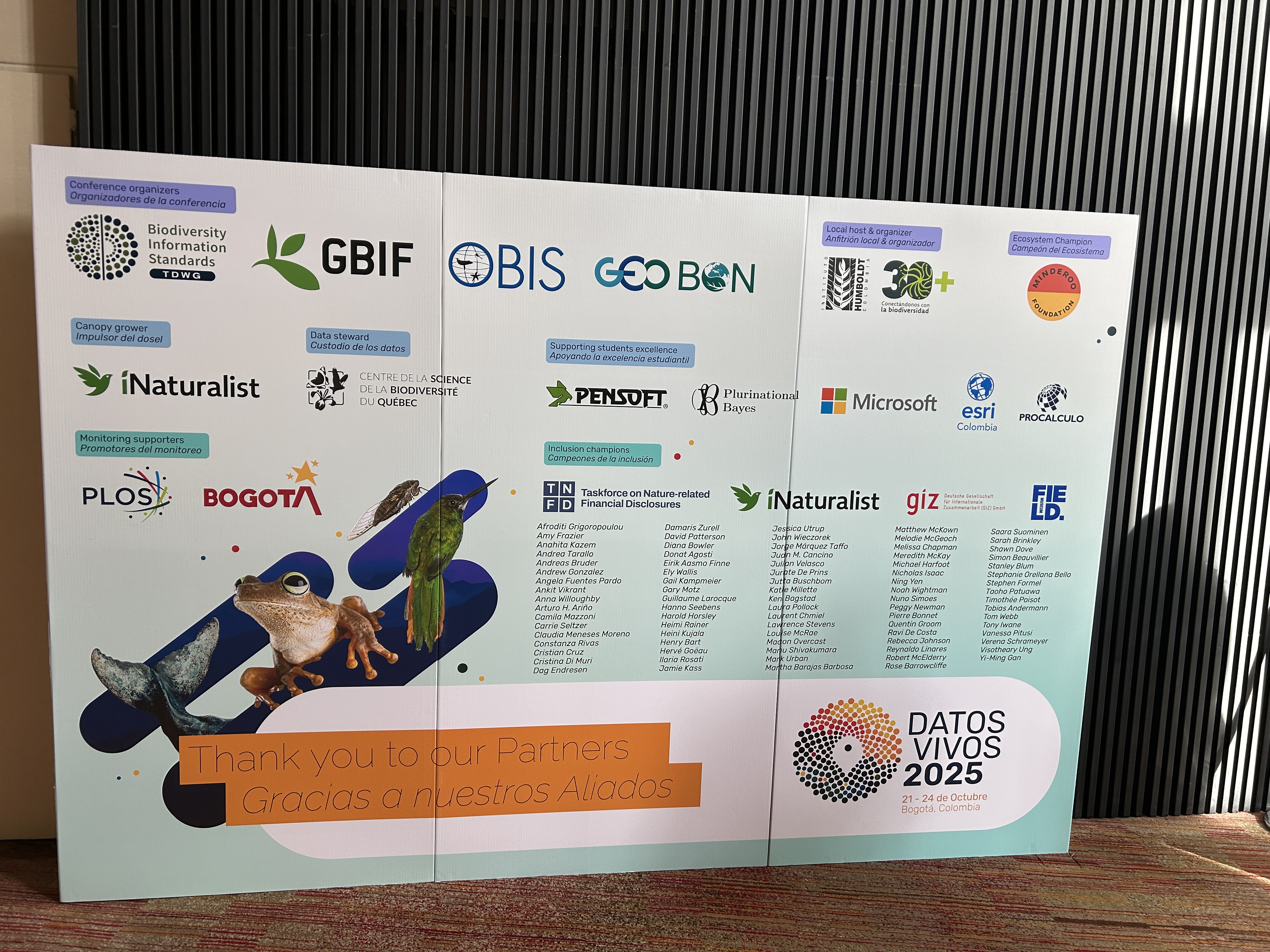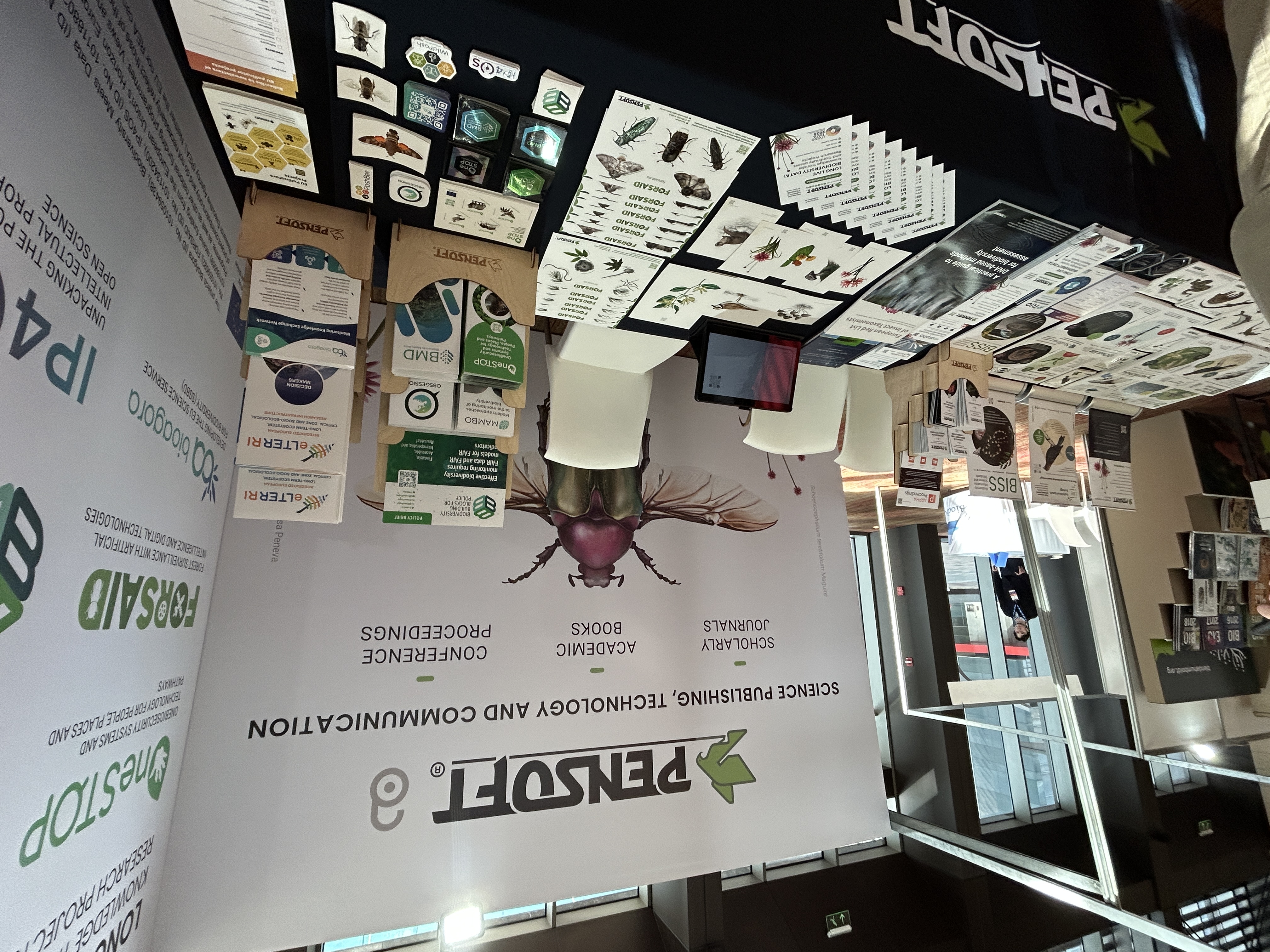MAMBO partners active at the Living Data Conference 2025
The first day of the Living Data Conference 2025 gathered a vibrant community of biodiversity data scientists, ecologists, and policy experts to discuss how to transform data into actionable knowledge for conservation and governance. MAMBO partners were engaged, contributing to discussions that spanned from global biodiversity data frameworks to innovative AI-based applications.
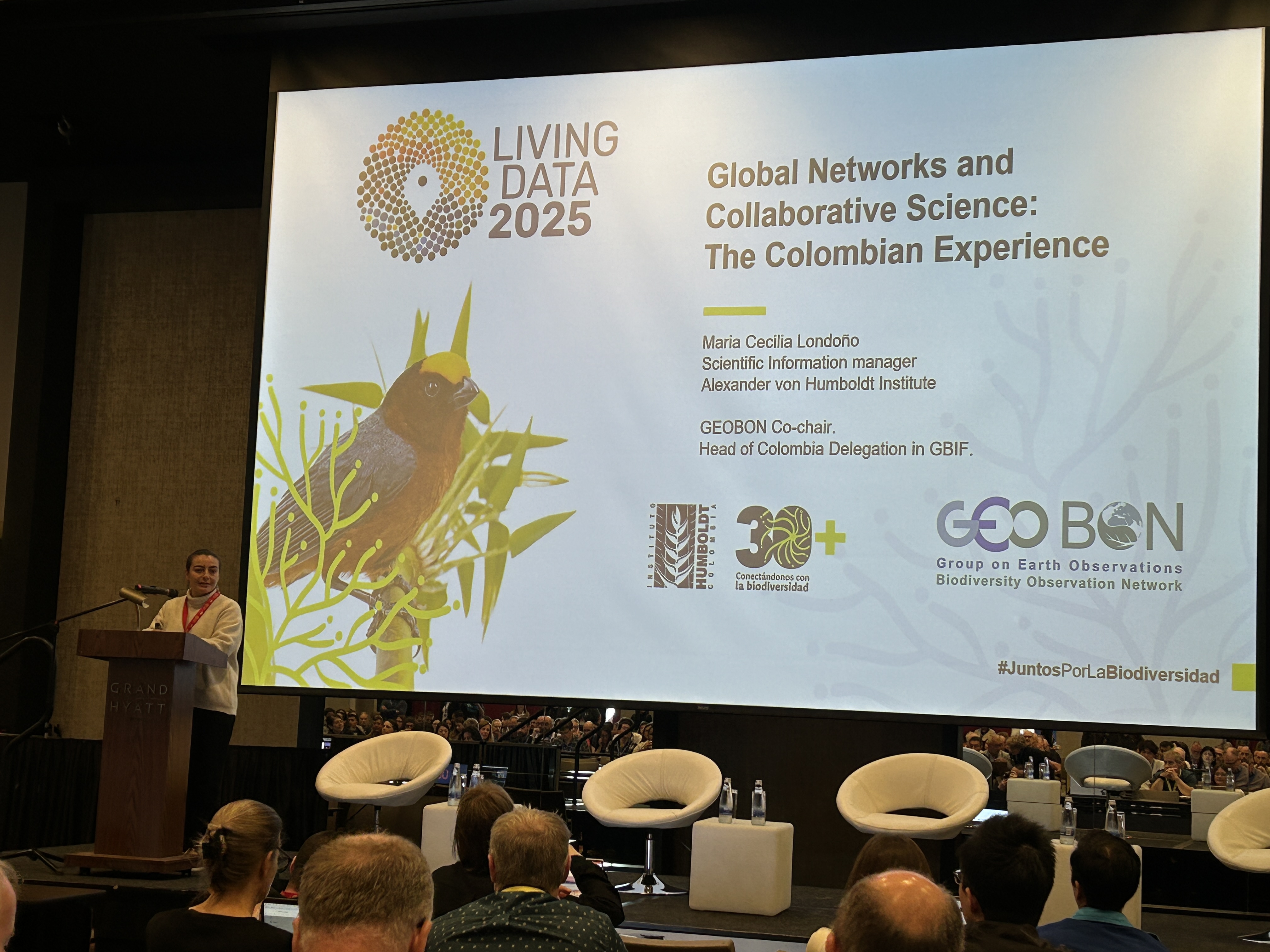
A highlight of the day was the keynote talk by Alice Hughes (University of Hong Kong) titled “What data do we need, and what data do we have for monitoring global biodiversity?” Hughes reminded the audience that while the exponential growth of biodiversity data seems to have resolved the issue of data scarcity, the real challenge now lies in their quality, representativeness, and appropriate use. She emphasised that indicators used for global frameworks such as the Global Biodiversity Framework (GBF) are only as robust as the data underpinning them. Her keynote called for greater transparency in data assumptions and biases, improved frameworks and pipelines for data processing, and more effective strategies for generating new, policy-relevant data. Dr. Hughes illustrated how science-based indicators can guide spatial prioritisation and management, stressing the importance of evidence-based environmental policy grounded in data integrity.
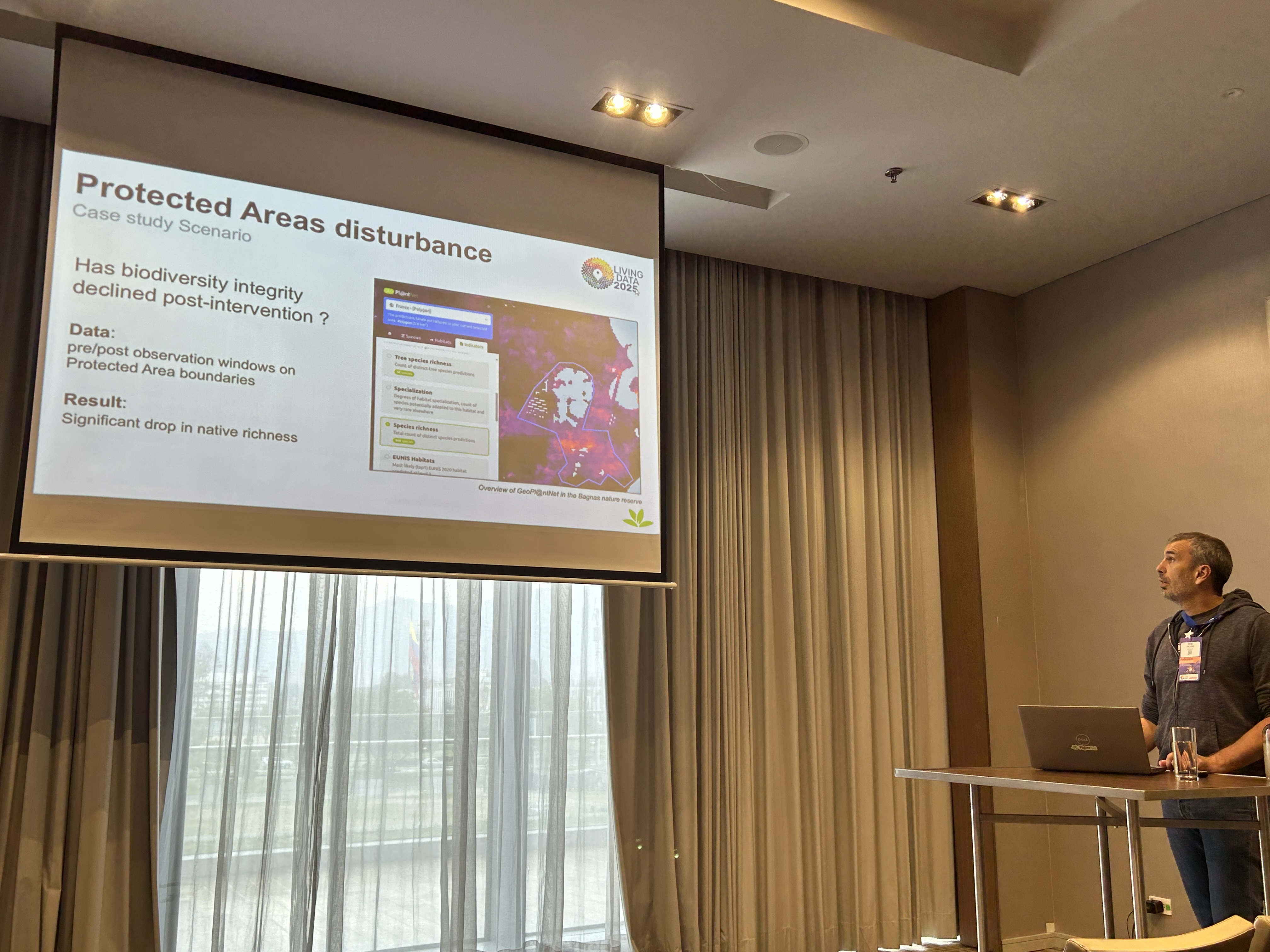
Building on these reflections, MAMBO partners presented “A High-Resolution Biodiversity Mapping Platform for Environmental Forensics”, introducing GeoPl@ntNet, a new open-source platform developed within European projects to visualise and analyse high-resolution plant biodiversity data. GeoPl@ntNet uses millions of geotagged observations collected by scientists and citizens to produce predictive maps of plant species distributions. In a complementary talk, we presented “Challenges in using AI-based citizen-generated plant observations as forensic evidence in biodiversity investigations”. We explored how massive, AI-validated citizen science datasets from platforms like Pl@ntNet can provide timely, geographically precise information for biodiversity monitoring, and potentially serve as supporting evidence in environmental crime investigations.
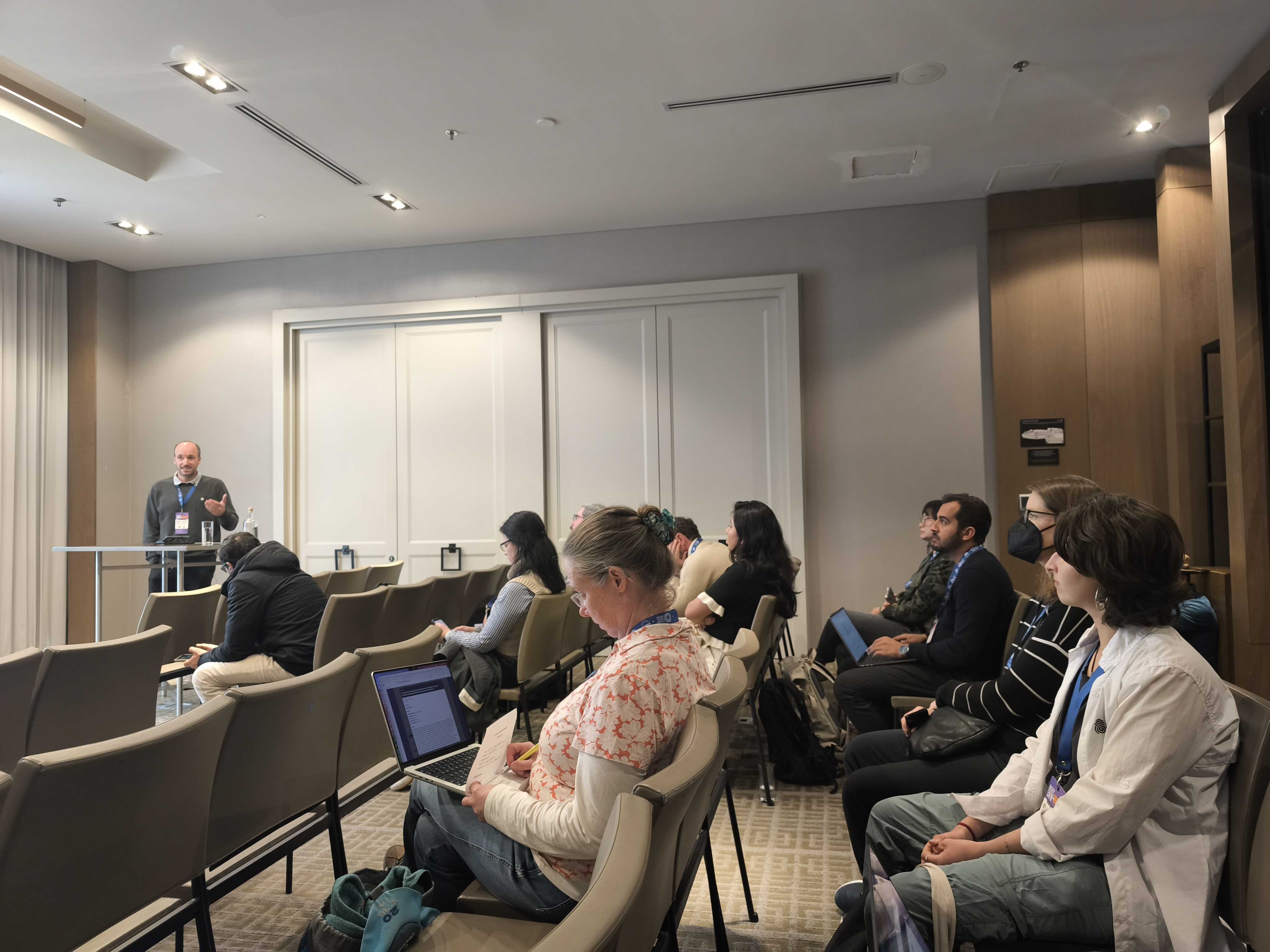
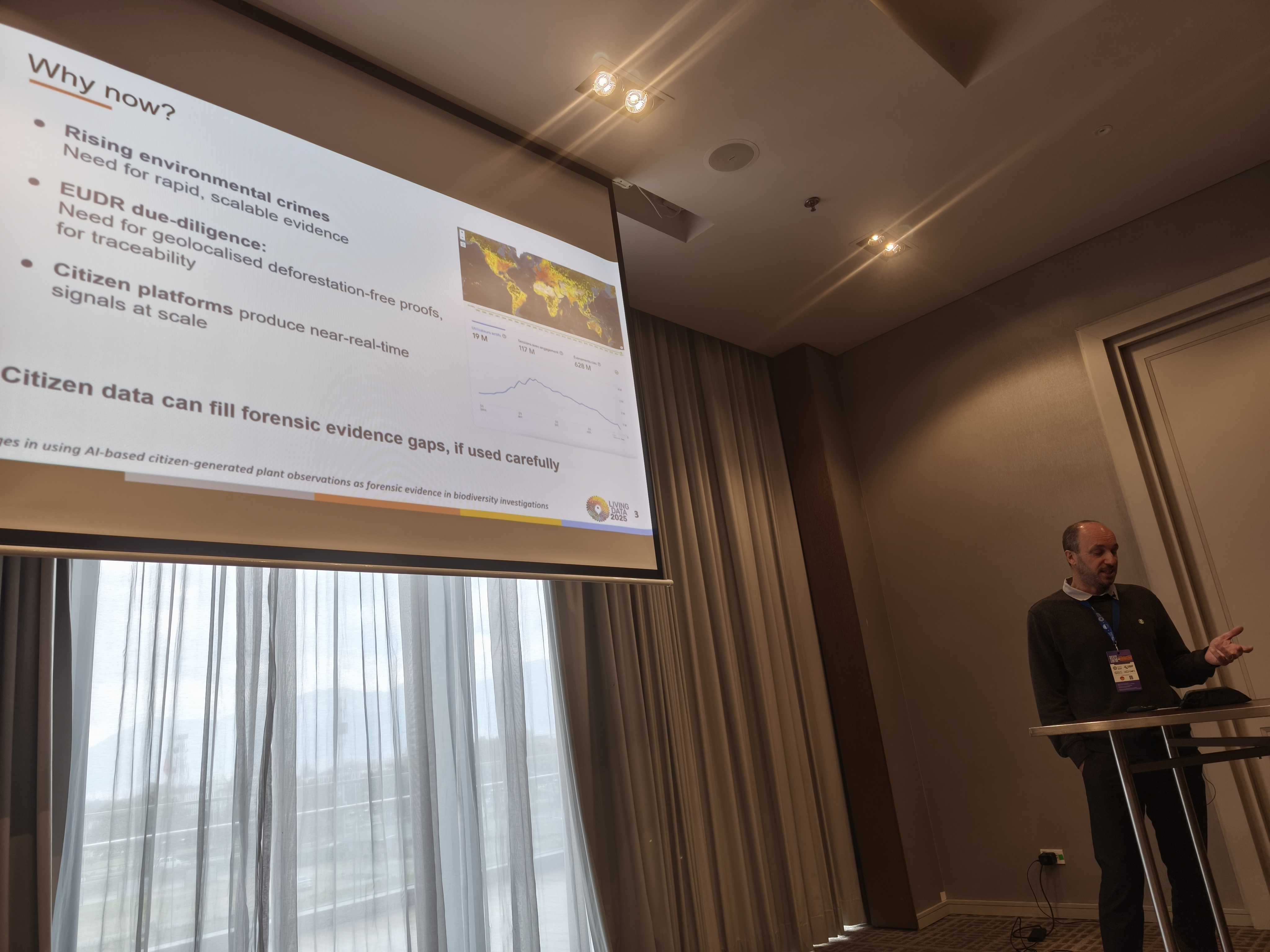
Together, these contributions underscored MAMBO’s commitment to advancing data quality, interoperability, and application in biodiversity monitoring - from the design of global indicators to innovative, operational uses.
